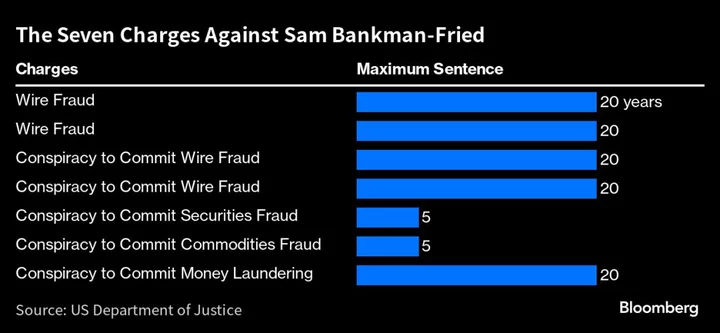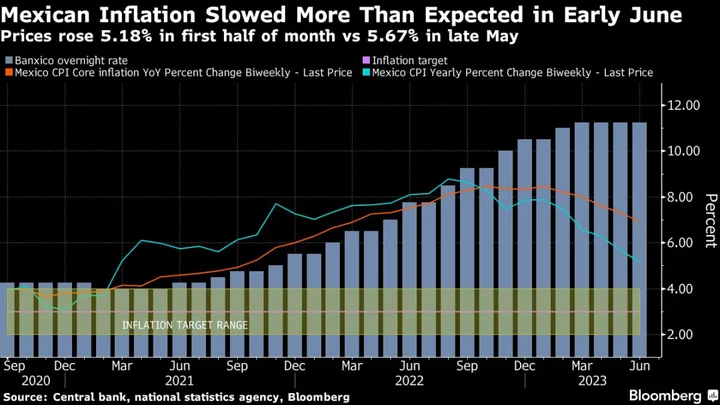Some workplace trends that became more popular during the pandemic have endured, like remote work. More generous severance benefits are not among them.
Just 42% of global employers offered severance to all laid-off employees this year, a survey from Dutch recruitment firm Randstad NV found, down from 64% that did so in 2021. The current figure is also below the 44% of firms that extended severance back in 2019. US employers were the least likely to offer severance for all employees, with just one in four doing so. In the UK and Germany, about half of firms did so. It’s not a trivial matter, as more than 90% of the 430 firms surveyed said they plan some sort of workforce reduction in the next 12 months.
“I do think that Covid created an inflection point where companies had to look at this more deeply — there was an increased desire to create a better experience for those exiting,” Lindsay Witcher, global managing director of Randstad’s RiseSmart outplacement and career transition division, said.
The findings come as companies from Wall Street to Silicon Valley continue to jettison workers. Citigroup Inc. is eliminating several layers of management and has already recorded severance charges of about $650 million tied to cutting about 7,000 positions this year, Chief Financial Officer Mark Mason said earlier this month. Battles over separation benefits have also flared up after employees depart. X Corp., the company formerly known as Twitter, has been accused of failing to pay severance to thousands of workers fired late last year after Elon Musk’s acquisition of the social media platform.
In the US, 37% offered a payout of three to four months salary, the survey found, while the UK and Germany were more likely to offer as many as six months’ pay. Most US employers are doing “the bare minimum” when it comes to supporting workers who are departing, Randstad RiseSmart said in a press release accompanying the survey.
Severance can vary widely depending on the organization and the employee’s position, but is most often calculated by providing a certain number of weeks’ pay for each year of service, along with continued health-care benefits. Payments are made in a lump sum or via a continuation on the payroll. Just half of all firms polled by Randstad RiseSmart said everyone inside their organization was familiar with its severance policy.
More than half of companies surveyed said they’ve made changes to their severance packages in the past three years, and a third of those that hadn’t made changes said they’re currently tinkering with their plans. The most common tweak is offering so-called redeployment programs, where employees whose role is at risk of elimination have the opportunity to find an alternate position inside the organization. Four in ten respondents said they anticipate offering redeployment options over the next year.
That won’t help those who get laid off and aren’t eligible for severance. The most cited cause for layoffs, Randstad RiseSmart found, was companies over-hiring when times were flush. And that might happen again, as “many companies lack the learning curve to avoid this cycle in the future,” according to the survey.









